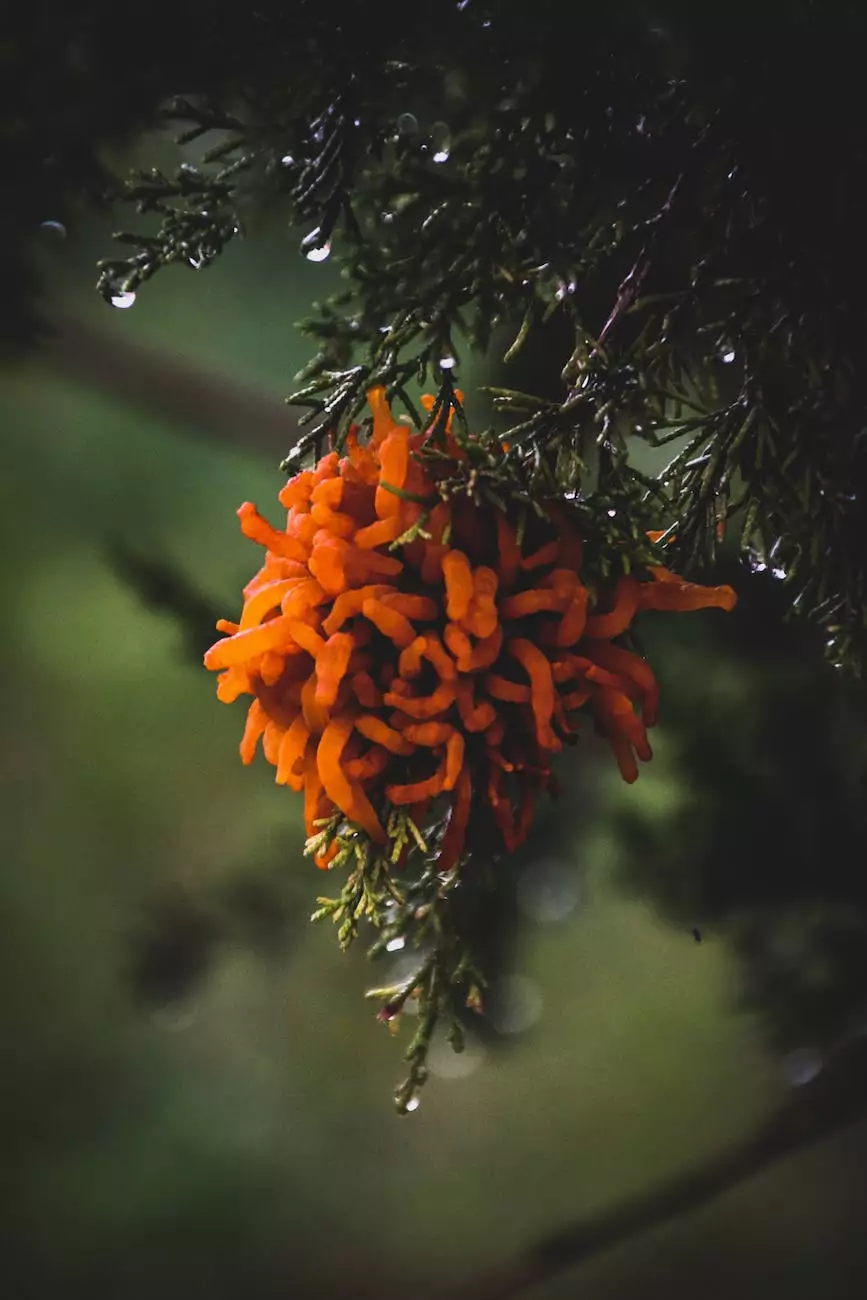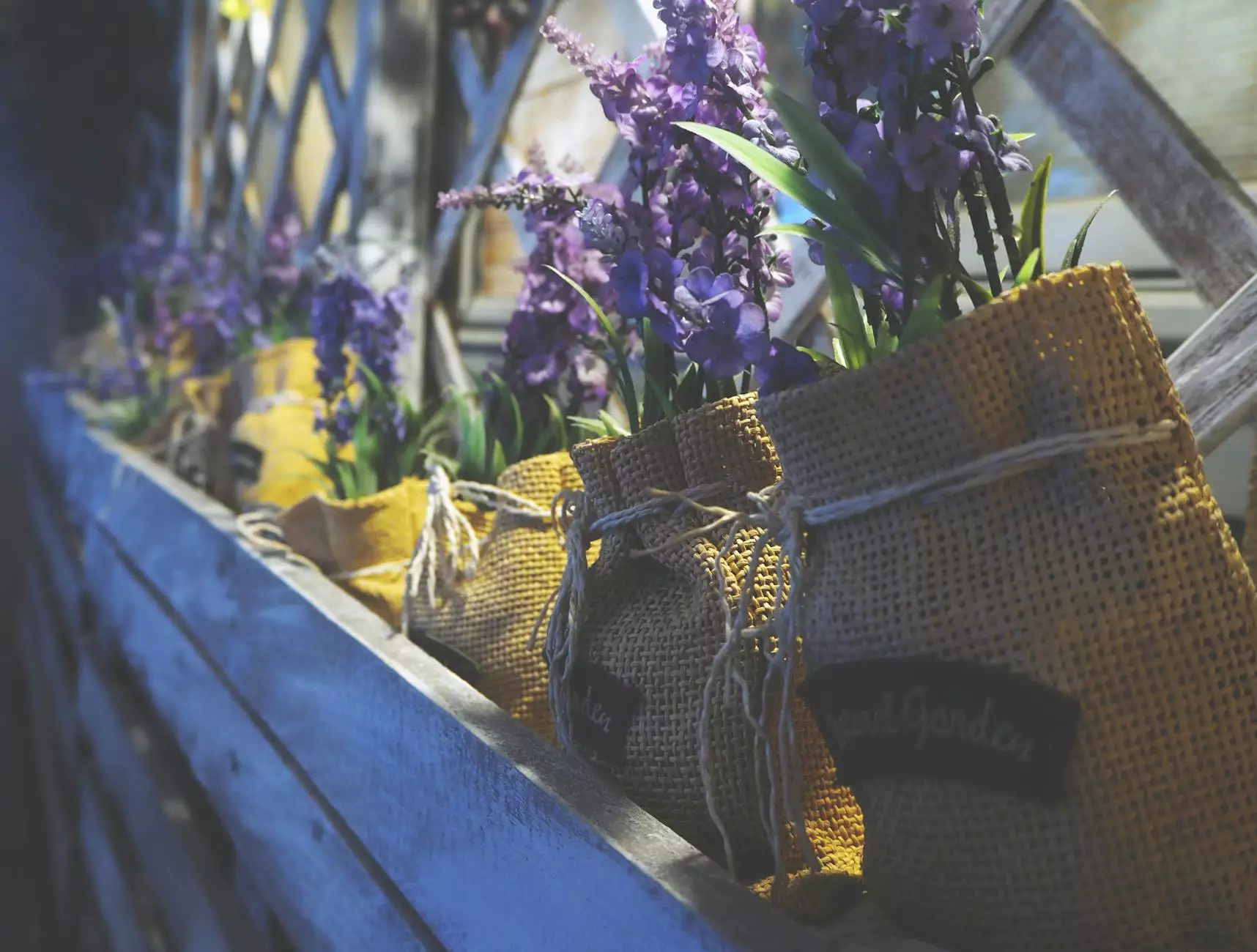How to Care For Hardy Garden Lilies

The Beauty of Hardy Garden Lilies
Hardy garden lilies, also known as Lilium, are exquisite flowering plants that bring beauty and elegance to any garden. With their vibrant colors, captivating fragrance, and elegant blooms, these lilies are a favorite among garden enthusiasts. Whether you are a seasoned gardener or a beginner, learning how to properly care for hardy garden lilies will help you enjoy their splendor for years to come.
Choosing the Right Location
When planning to grow hardy garden lilies, it's crucial to select a suitable location in your garden. These lilies thrive in areas with full sun exposure where they can receive at least 6-8 hours of direct sunlight each day. Ensure that the soil is well-drained, as lilies do not tolerate standing water. If needed, amend the soil with compost or organic matter to improve drainage and fertility.
Preparing the Soil
Before planting your hardy garden lilies, it's essential to prepare the soil to provide them with the best growing conditions. Start by removing any weeds, rocks, or debris from the planting area. Loosen the soil using a garden fork or shovel to a depth of 12-18 inches, ensuring the removal of any clumps or compaction. Incorporate compost or well-rotted manure into the soil to enhance its fertility and improve drainage.
Planting Your Hardy Garden Lilies
Once the soil is prepared, it's time to plant your hardy garden lilies. Dig a hole that is approximately 6 inches deep, ensuring there is enough space for the bulb to be covered with soil. Place the lily bulb into the hole, making sure the pointed side faces upward. Gently backfill the hole with soil, firming it around the bulb to eliminate any air pockets. Water the newly planted lilies thoroughly to settle the soil.
Watering and Moisture Requirements
Proper watering is crucial for the health and vitality of hardy garden lilies. It's important to keep the soil evenly moist, but not overly saturated. Water your lilies deeply once a week, providing approximately 1 inch of water. However, during periods of intense heat or drought, you may need to increase the frequency of watering to prevent the soil from drying out. Avoid overhead watering as it may promote the development of fungal diseases.
Fertilizing for Optimal Growth
To ensure optimal growth and blooming, it's essential to fertilize your hardy garden lilies regularly. Apply a balanced slow-release fertilizer in early spring, just as new growth emerges. Avoid applying excessive amounts of nitrogen, as it may result in lush foliage at the expense of blooms. Additionally, incorporate a layer of organic mulch around your lilies to suppress weeds, retain moisture, and provide a steady release of nutrients to the soil.
Supporting and Staking
As hardy garden lilies grow tall and produce magnificent blooms, it's important to provide support and stake them if needed. Use plant stakes or cages to help keep the stems upright and prevent them from bending or breaking under the weight of the flowers. Install the supports early in the growing season to minimize any disturbance to the roots or bulbs.
Pruning and Deadheading
Regular pruning and deadheading are essential for maintaining the health and appearance of hardy garden lilies. Once the lily blooms start to fade, promptly remove them by snipping off the spent flowers just above the nearest healthy bud or leaf. Deadheading not only enhances the overall beauty of the plant but also redirects its energy towards bulb development rather than seed production. Prune any yellow or damaged leaves throughout the growing season to encourage fresh growth.
Dealing with Pests and Diseases
While hardy garden lilies are relatively resistant to pests and diseases, it's still important to monitor them for any signs of trouble. Common pests that may affect lilies include aphids, lily leaf beetles, and slugs. Regularly inspect your plants and take appropriate measures, such as applying organic insecticidal soap or using natural predators, to control pest populations. In case of fungal diseases like botrytis or powdery mildew, ensure proper air circulation, avoid overhead watering, and use fungicidal treatments if necessary.
Winterizing Hardy Garden Lilies
To ensure the survival of hardy garden lilies during the winter months, proper winterization is vital. Cut back the stems to a few inches above the ground after the first fall frost. Apply a thick layer of organic mulch, such as straw or shredded leaves, over the planting area to insulate the bulbs and protect them from extreme temperature fluctuations. Remove the mulch in early spring to allow new growth to emerge.
Enjoying the Beauty of Your Hardy Garden Lilies
By following these expert tips from La Venezia Art & Fashion, you can confidently care for your hardy garden lilies and enjoy their magnificent beauty year after year. From selecting the ideal location to providing proper watering, fertilization, and maintenance, you'll have lush, vibrant blooms that will undoubtedly enhance the aesthetic appeal of your garden. Explore the wide variety of hardy garden lilies available and create a breathtaking floral display that will awe both you and your guests.










